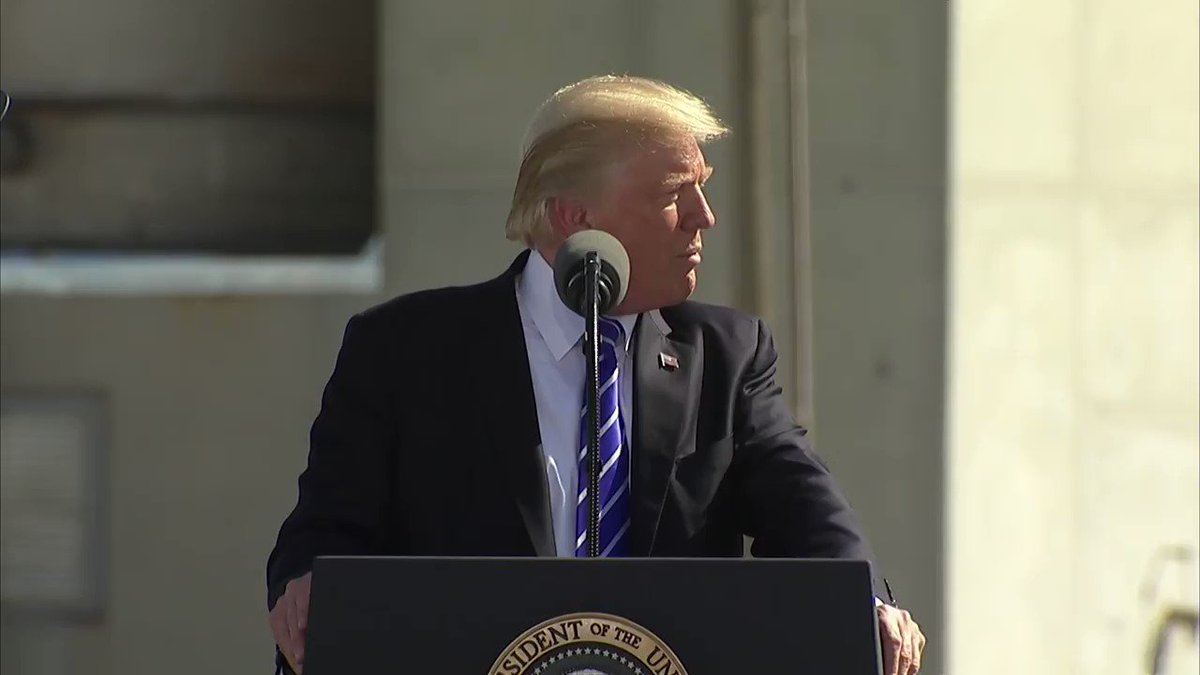
It’s a smart way to kick off the film: it mirrors aspects of the music they’ll wind up making together, with the more Reed-driven, dark, agitated sounds and lyrics resting on Cale’s steady “drone” - the sonic, industrial landscape of what he called “the sound of Western civilization.” There are moments in The Velvet Undergroundwhen this approach works beautifully - such as Mekas saying, “New York became a place where artists escape,” while the black-and-white tortured-youth imagery representing Lou Reed’s and John Cale’s lonely childhoods on Long Island and in Wales, respectively, suddenly leaps into vivid color and faster tempo. would have to play just behind all of that.” Haynes dedicated the documentary, streaming now on Apple TV+, to avant-garde filmmaker Jonas Mekas, because, as Haynes puts it, he wanted it “to feel like the images and the music were leading your experience as a viewer, and that the oral history. There is lots of gorgeous split-screen work, for example, mostly creating a diptych effect but sometimes adding screens for triptych, quadriptych, or even a full mosaic effect of a dozen images.


There’s a lot of critical oohing and aahing over the fact that, for his first documentary, director Todd Haynes ( Dark Waters, Carol, Safe) gets a bit adventurous in depicting the meteoric rise and fall of the legendary 1960s New York band the Velvet Underground.


 0 kommentar(er)
0 kommentar(er)
